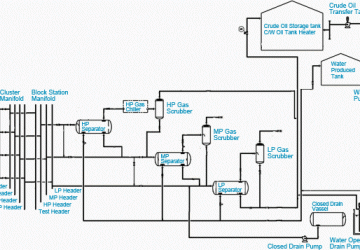The Role of Circuit Breakers in LV/MV Power Systems
A circuit breaker is protective device which is designed to automatically open an electrical circuit thus preventing harm and damages to equipment and personnel. The damages are due to over… Read more
Jul 09, 2012 | By Edvard Csanyi

Fundamental Concepts of Insulation Testing
Probably 80% of all testing performed in electrical power systems is related to the verification of insulation quality. This technical article briefly describes the fundamental concepts of insulation testing including… Read more
Jul 07, 2012 | By Edvard Csanyi

Delta-Delta Transformer Connection Overview
In this type of connection, both the three phase primary and secondary windings are connected in delta as shown in the Figure 1: The voltages on primary and secondary sides… Read more
Jul 06, 2012 | By jiguparmar

Too bad Tesla didn’t finish it before he died – Wireless Power Transmission (WPT)
The wireless power transmission (WPT) refers to the efficient transmission of electric power from one point to without use of wire or any other substance. This technology can be used… Read more
Jul 04, 2012 | By Bipul Raman

Voltage vs. Current in a Resistor, Capacitor or Inductor
Elements in an electrical system behave differently if they are exposed to direct current as compared to alternating current. For ease of explanation, the devices have often been compared to… Read more
Jul 03, 2012 | By Edvard Csanyi

Autotransformer Connection Explained
An ordinary transformer consists of two windings called primary winding and secondary winding. These two windings are magnetically coupled and electrically isolated. But the transformer in which a part of… Read more
Jul 02, 2012 | By jiguparmar

Substation Switching Schemes
This technical article is intended to provide description and comparison of single line options for a DESN substation. The goal is to provide an analytical comparison for all options so… Read more
Jun 26, 2012 | By Edvard Csanyi

Commissioning of Electrical Equipment
To verify system condition after has been energized with rated system (service) voltage for which it is designed. Also to ensure the protection, metering system for correct directionality. Multimeter Phase… Read more
Jun 25, 2012 | By Edvard Csanyi
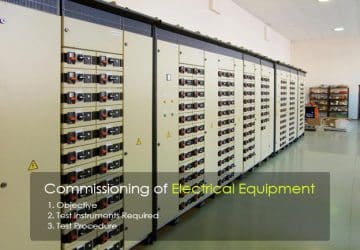
Circuit breakers classified by interrupting medium
A circuit breaker is defined as “a mechanical switching device capable of making, carrying and breaking currents under normal circuit conditions and also making, carrying and breaking for a specified… Read more
Jun 20, 2012 | By Edvard Csanyi
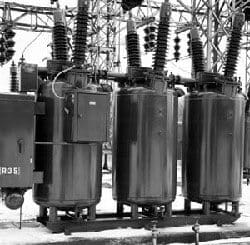
Dielectric Strength Of Insulator Materials
The atoms in insulating materials have very tightly-bound electrons, resisting free electron flow very well. However, insulators cannot resist indefinite amounts of voltage. With enough voltage applied, any insulating material… Read more
Jun 14, 2012 | By Edvard Csanyi
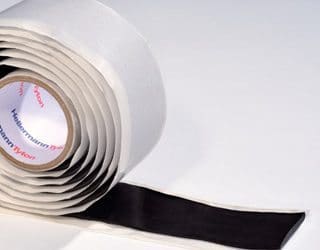
MCB – Miniature Circuit Breaker Construction
The miniature circuit breaker (MCB) plays an important role in providing overcurrent protection and a disconnect means in electrical networks. Recent advancements in circuit breaker technology has increased breaker performance and protection…. Read more
Jun 07, 2012 | By Edvard Csanyi
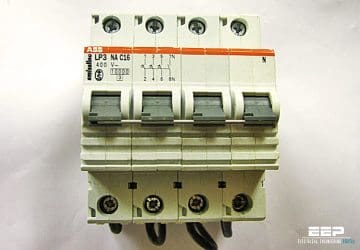
Fundamental Characteristics of Circuit Breaker
The fundamental characteristics of a circuit breaker are: Its rated voltage Ue Its rated current In Its tripping current level adjustment ranges for overload protection (Ir or Irth) and for short… Read more
Jun 05, 2012 | By Edvard Csanyi

Understanding Vector Group of Transformer (2)
Continued from first part Understanding Vector Group of Transformer (part 1) Vector Groups are the IEC method of categorizing the primary and secondary winding configurations of 3-phase transformers. Windings can… Read more
Jun 04, 2012 | By jiguparmar
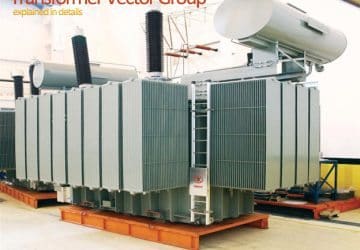
Understanding Vector Group of Transformer (Part 1)
Three phase transformer consists of three sets of primary windings, one for each phase, and three sets of secondary windings wound on the same iron core. Separate single-phase transformers can… Read more
Jun 03, 2012 | By jiguparmar
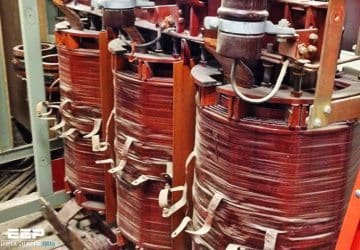
Process Design Basics for Station Facility
The purpose of this article is to establish the design basis electrical system Front End Engineering Design (FEED) and data design or standards uses in the gathering stations facility will… Read more
May 25, 2012 | By ivan.kurniawan
